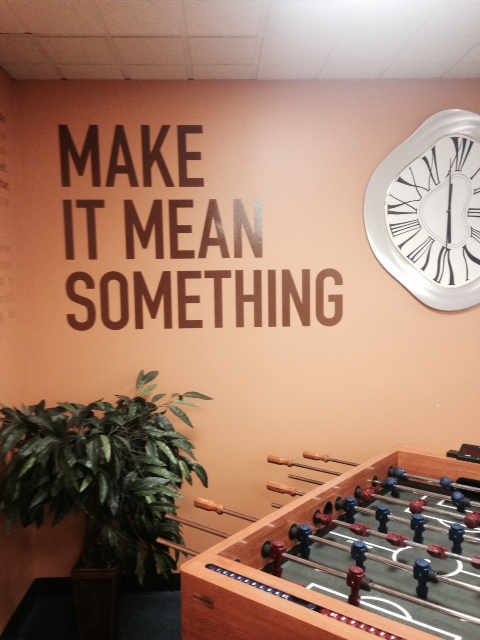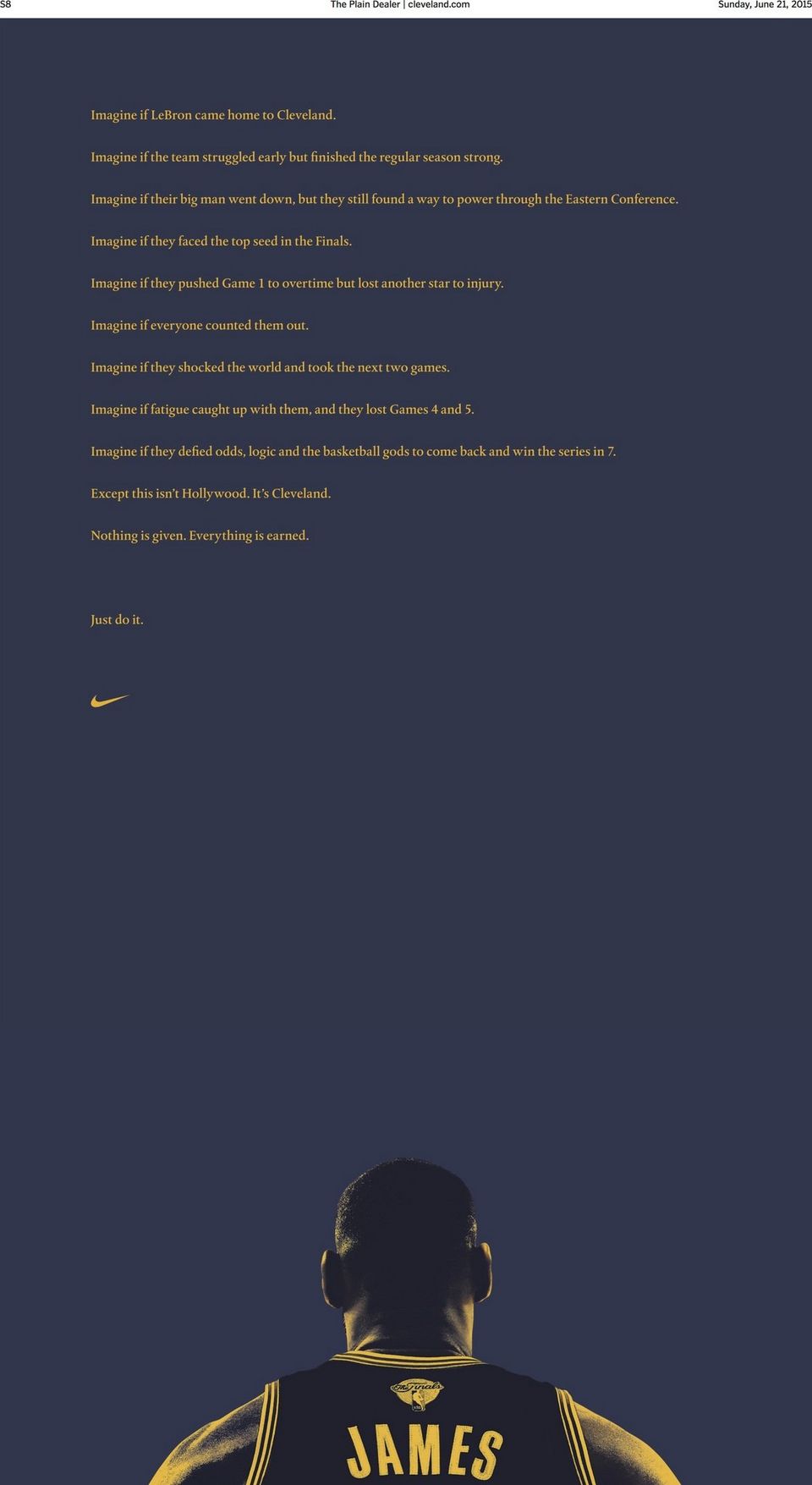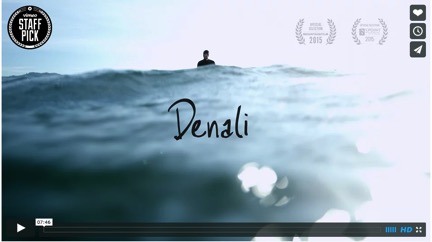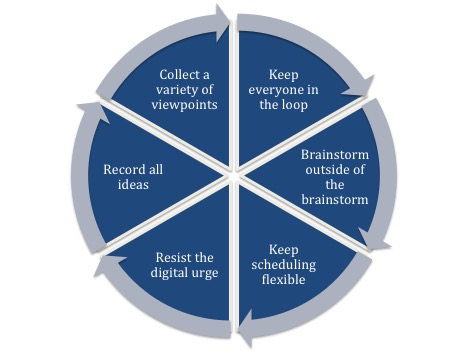Take a moment to imagine living in a world with no color.
Or rather, imagine never even knowing color.
For Neil Harbisson, our world in black and white was all he ever knew. He was born with achromatopsia—a condition that makes him completely colorblind. That was his life until he convinced his doctors to turn him into a cyborg…
Yes, a cyborg—the world’s first cyborg. Neil has an antenna and color sensor chip implanted into his head. This antenna picks up light frequencies of colors; the light frequencies are then transposed into a sound frequency.
This allows Neil to HEAR COLOR. Each color has a unique sound, which has color insights he has memorized.
This technology now allows him to experience the world in a new way. While he still doesn’t see color like most people, his new sense at least allows him to know color.
This guy really got the Geile/Leon team talking. Some couldn’t get over the weird factor, yet others were amazed at the technology.
I find Neil’s situation very interesting. Technology is changing people’s lives and becoming apart of them—literally in his case.
Other than the technology aspect of Neil’s story, I think one of the main things I started thinking about is how we take advantage of color. Color is just there. The sky is blue, bananas are yellow—this is how the world looks. We don’t dive any deeper into the color insights that are all around us.
As a creative, I’m envious of Neil’s new sense. He gets to experience color insights on a whole new level. In the video he talks about how almost nothing is gray—everything has some kind of hue. He talks about how people are actually all orange—just different shades. He is “seeing” his environment on a level that people with no colorblindness will ever achieve.
Pretty awesome.
Be sure to check out the video and share your thoughts about Neil and his ability to hear color with us.
[gl-hs-form form_id=’1863abe3-c1e4-43d0-a298-c7b132f8ce03′]






